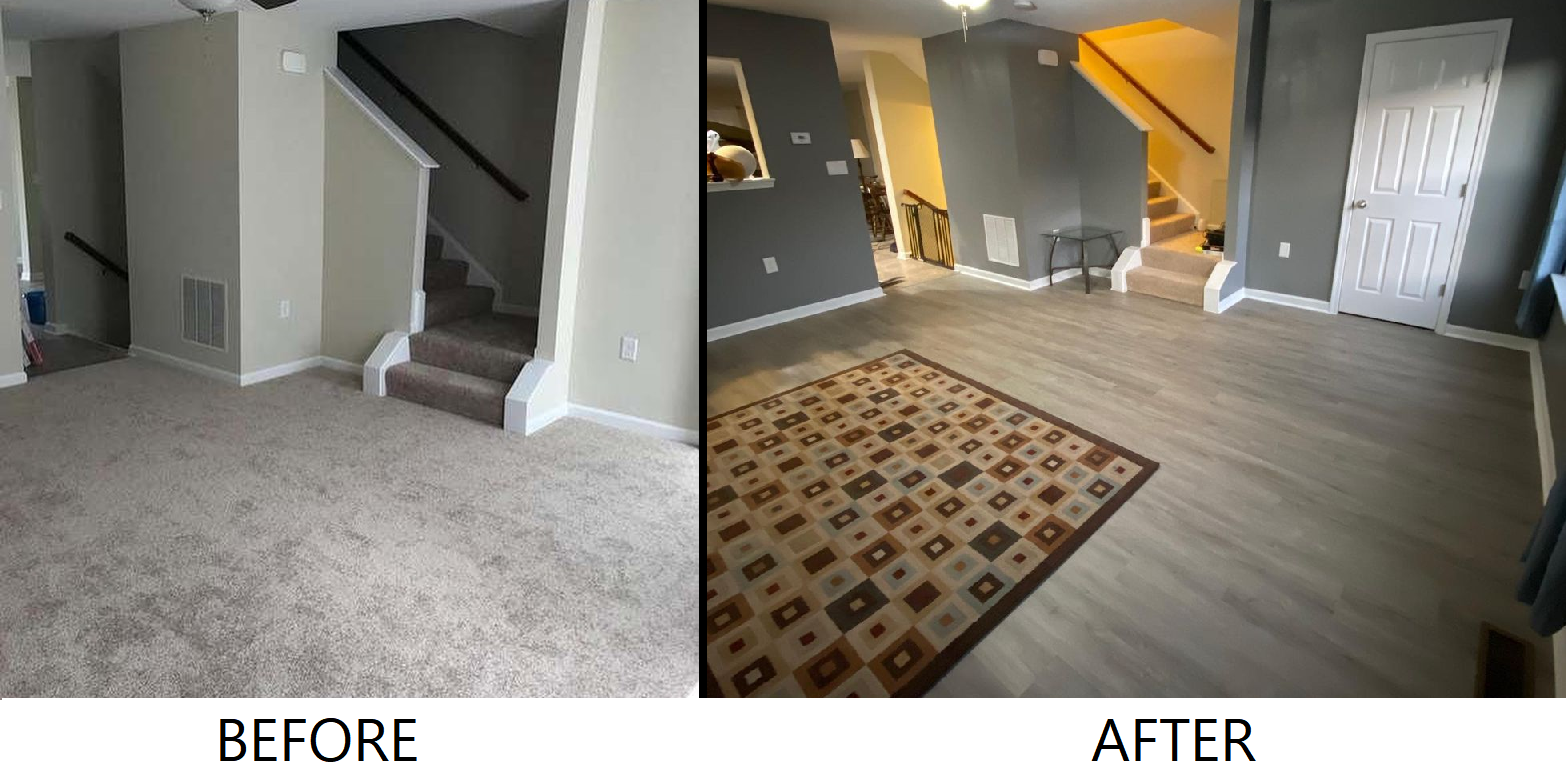Introduction
Are you contemplating repainting the interior of your home but overwhelmed by the prospect of an extensive and time-consuming project? Fret no more! In this comprehensive guide, we will explore the intricacies of interior painting, including the factors that influence its duration and how to plan effectively to achieve a seamless and efficient process. From preparation to completion, we’ve got you covered.

Image: cruisesarts.blogspot.com
Factors Affecting Painting Duration
The time required to paint the interior of a house varies considerably depending on several key factors:
1. House Size and Number of Rooms
Naturally, the larger the house and the more rooms it has, the longer the painting process will take. A small apartment with a few rooms will be quicker to paint than a sprawling mansion with numerous hallways and staircases.
2. Condition of Walls and Ceilings
If your walls and ceilings are in good condition, with minimal damage or imperfections, the painting process will be relatively straightforward and faster. However, if repairs or extensive surface preparation are required, such as patching holes, filling cracks, or removing wallpaper, this will add to the overall duration.

Image: vshomeimprovement.com
3. Number of Coats Required
The number of coats of paint required depends on the desired finish and the condition of the underlying surface. Generally, one to two coats are sufficient for walls in good condition. However, if drastic color changes are involved or if the walls have stains or imperfections, additional coats may be needed, thereby increasing the painting time.
4. Choice of Paint Type and Sheen
Different types of paint require different drying times and application methods. Oil-based paints take longer to dry but provide a durable finish, while latex paints dry quickly and have low odor. The sheen of the paint, such as flat, eggshell, or semi-gloss, can also impact the number of coats required and the time it takes to apply.
5. Labor and Experience
The skill and experience of the painter(s) involved will also affect the painting duration. Professional painters with experience and efficient techniques can complete the task more quickly than inexperienced individuals. If you’re considering DIY painting, factor in additional time for learning the techniques and troubleshooting any unexpected challenges.
Planning for an Efficient Painting Project
To ensure a smooth and efficient painting project, meticulous planning is crucial:
1. Gather Materials and Tools
Before starting, gather all the necessary materials, including paint, brushes, rollers, trays, drop cloths, tape, and cleaners. Ensure you have adequate supplies to avoid interruptions during the painting process.
2. Prepare the Space
Remove all furniture, artwork, and décor from the room. Cover floors and any remaining fixtures with drop cloths to protect them from paint spills. If necessary, spackle and sand any imperfections on walls and ceilings.
3. Choose the Right Paint and Tools
Select paint that is appropriate for your walls and ceilings, considering factors such as durability, color, and sheen. Use high-quality brushes and rollers to ensure a smooth and even finish.
4. Prime the Surfaces
Primer creates a uniform surface and improves paint adhesion. Apply a coat of primer to any new drywall or previously painted surfaces to ensure optimal results.
5. Establish a Schedule
Breaking down the project into smaller tasks and establishing a timeline will help you stay organized and motivated. Allow ample time for preparation, painting, drying, and cleanup.
6. Tackling Larger Projects
For larger homes or complex painting projects, consider hiring professional painters. They possess the necessary skills, experience, and equipment to complete the task efficiently and to a high standard.
How Long To Paint Interior Of House
Conclusion
Painting the interior of your house can be a transformative and rewarding project. By understanding the factors that influence painting duration, you can plan effectively and minimize disruptions to your daily routine. Remember to prioritize preparation, choose quality materials, and tackle the project with patience and care. Whether you choose to embark on a DIY adventure or hire professionals, with proper preparation and planning, you can achieve a beautifully painted interior that enhances the aesthetics and ambiance of your home for years to come.